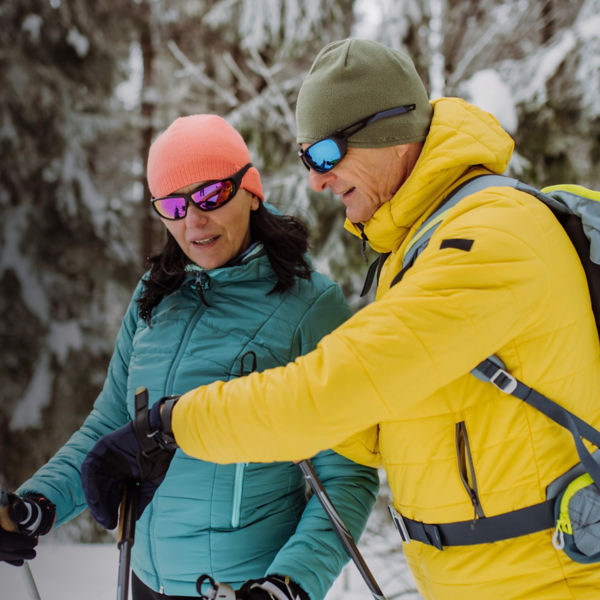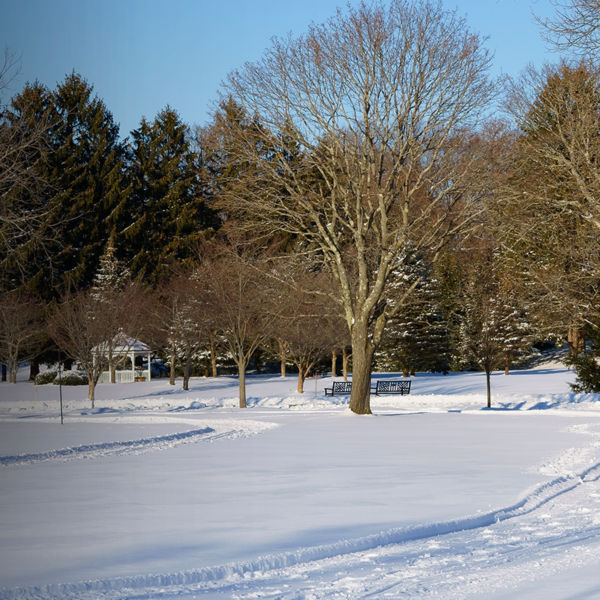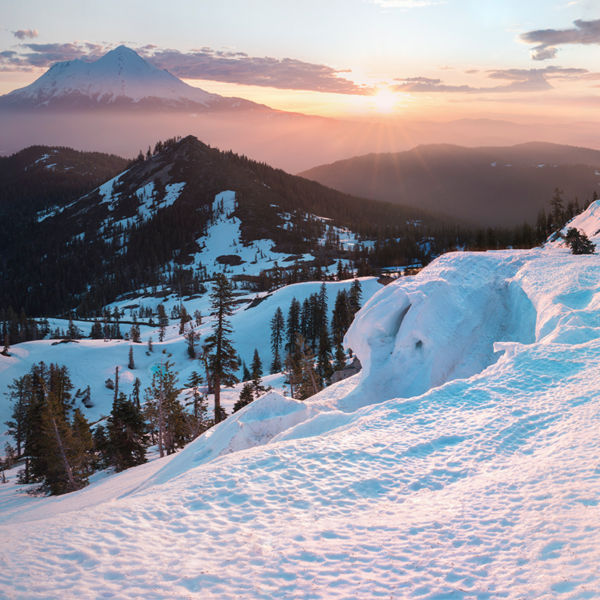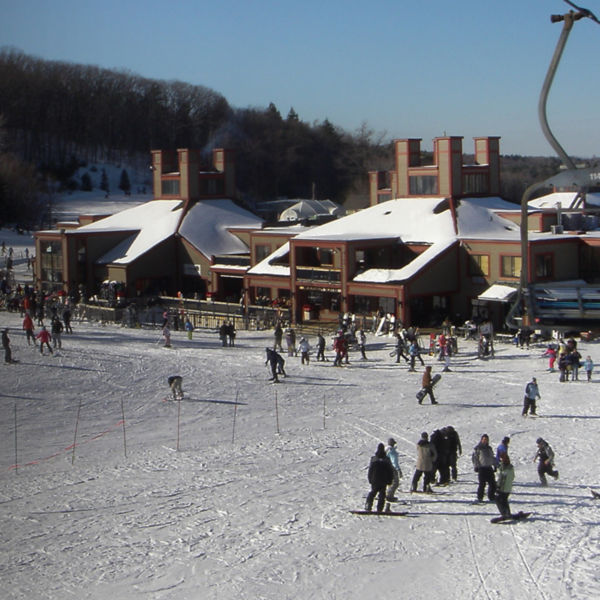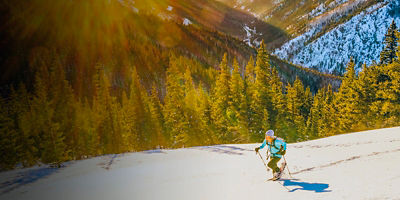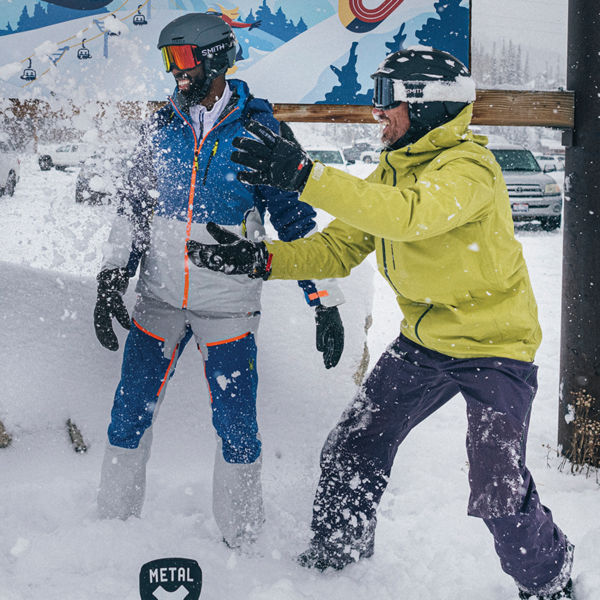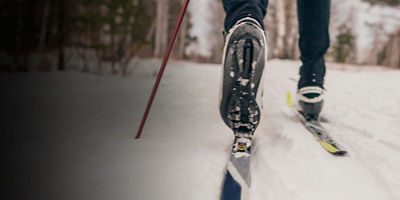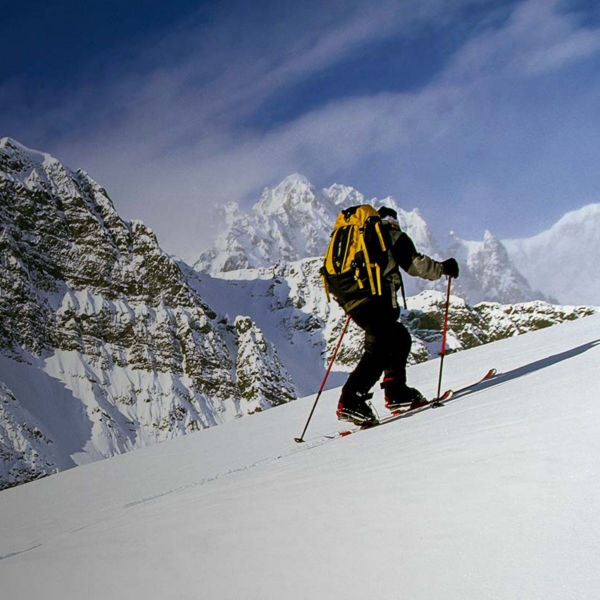
By keeping you warm and protected from snow, ice, and precipitation, a good pair of ski or snowboard pants will go a long way toward helping you stay comfortable on the mountain. But there’s a wide range of styles and models available, and choosing the right pair can be a bit daunting. According to Dan Abrams, founder of mountain gear outfitter Flylow, the most important thing to consider when shopping is where and how you like to ride or ski, factoring the direction that your skills will likely develop.
“It’s better to err on the type of skiing you aspire to do and get that gear,” he says.
Questions To Ask Yourself
To focus your search on pant options that’ll work for you, determine the type of skiing or riding you’ll be doing and whether you run hot or cold on the slopes.
What kind of weather will I experience?
Cold, dry weather demands a different kind of pants than warm, wet conditions. Choose a pair that suits the type of weather in which you usually ski or ride.
Do I ride chairlifts or will I be huffing it up any hills?
Resort chairlift riders will prefer more insulation and weather-proofing to keep warm when sliding downhill, while activities like cross-country skiing that feature high-intensity uphill ascents, as well as the bootpacking and skinning of backcountry skiing/riding, require pants with high breathability and good ventilation.
Do I generally run warm or cold?
Everyone’s body is different—be sure to keep that in mind when determining how much insulation and breathability you need.
Types of Pants
Your type and level of skiing or riding, and the climate you operate in, will determine what pants will work best for you.
Insulated
Often found in snowboard pants, integrated insulation is popular for resort-centric riding that involves sitting off lifts. Also constructed with a weather-proof outer layer, these pants have a layer of synthetic insulation for additional warmth (synthetic insulation is compared by its weight in grams; the higher the number, the warmer the pants). Most users pair these with a thin, moisture-wicking base layer underneath.
Shell
Shell-style pants are designed to be waterproof, windproof, and breathable. Although they lack insulation, they’re lighter than insulated pants and their thinner design offers improved mobility. They’re most often used with medium- or heavyweight long underwear, and they’re popular for the high-intensity ascents of ski touring and splitboarding, where protection from the elements is still necessary on the descents.
Bib
By extending up the torso and back (kept in place with built-in suspenders) for additional protection from snow, these shells are a great choice for touring or skiing/riding in deep powder. Bonus: Most bibs have a roomy chest pocket for storing goods.
Soft-Shell
Made from softer, stretchier fabrics and designed for breathability, soft-shell pants are typically the most breathable type of pants, ideal for warmer days or skiers/riders who run warm—especially cross-country skiers.
Stretch
Although they lack insulation, stretch pants offer an exceptionally snug, flexible fit for your lower body, conforming to your curves without hindering movement. While being water-resistant, they’re also highly breathable, making them perfect for warm-weather days and for the high exertion of cross-country skiing. Nordic skiers look for lighter weight pants that combine stretch with weather-resistance on the front of the legs. Downhill ski racers often use heavier stretch pants for their streamlined silhouette as well. But they’re not just for speed; some stretch pants have interior linings that offer warmth and a degree of wind and water resistance, too, though most alpine skiers still wear them over a thin pair of long underwear.








